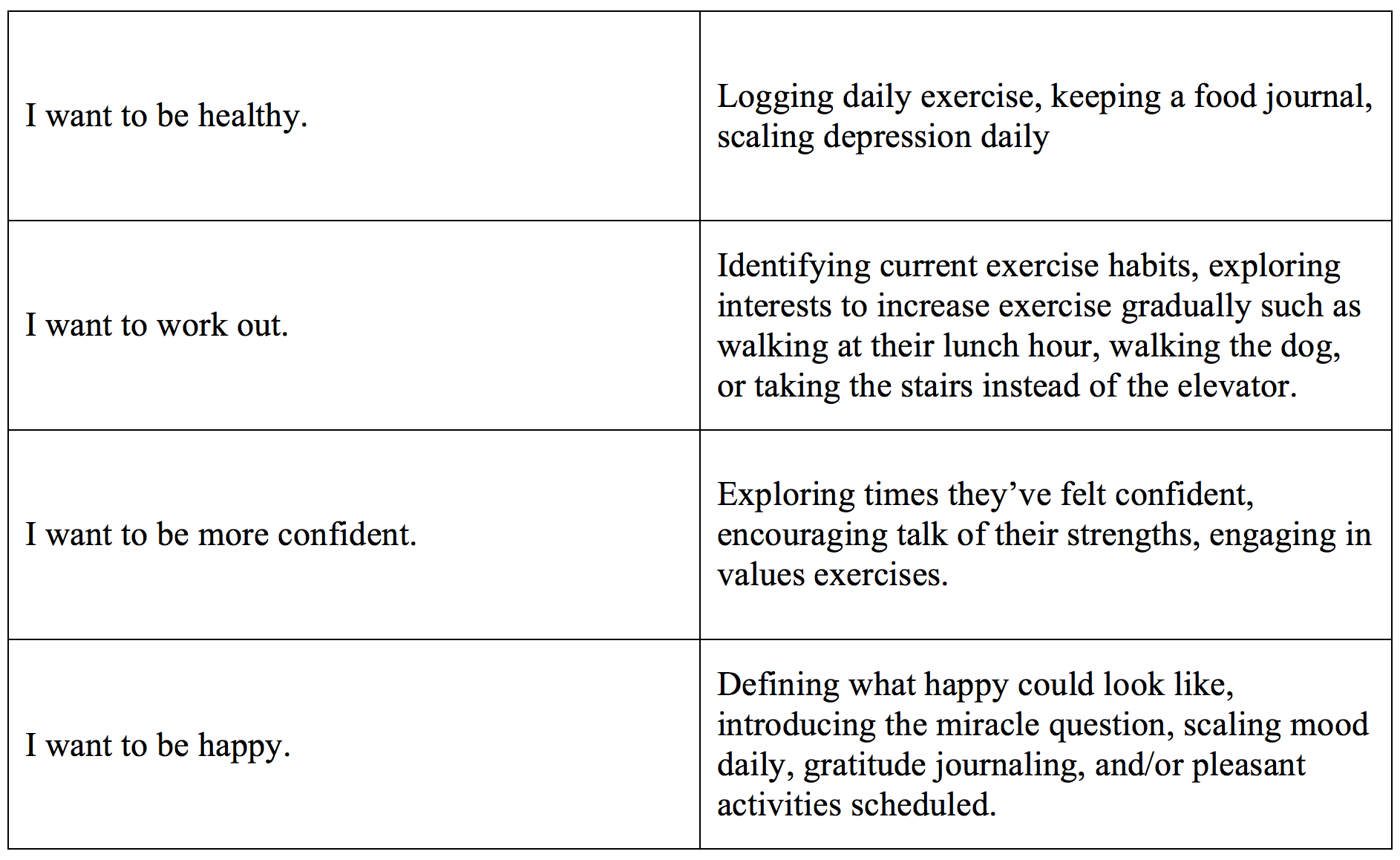You may recall the American Romantic Comedy “Failure to Launch” in 2006 that describes a 30-something man struggling to leave the nest. This concept isn’t foreign when describing young adults’ struggle with achieving the next milestone of independence: moving out of their parents’ house. Dr. Jean Twenge writes extensively on the trends of stagnation and delayed pursuit of independence in both the Millennial and iGen generations. But what can we do to support confidence and the pursuit of autonomy and freedom in our young adults?
An Uphill Battle
For many young adults, American society has given them expectations that they can do anything they want, be anything they want, follow their dreams, and thus, never settle for mediocre in their identity, career, or relationships. For the adult child, this becomes a rude awakening when facing competitive college admissions, fighting for quality jobs, and budgeting to live on their own with the rising cost of living. Dr. Twenge speaks extensively about the ways young adults are set up to fail—highlighting loneliness, a lack of self-esteem, and elevated anxiety and depression as some of the challenges of our 18-35-year-olds.
Recognizing that these challenges may lead to stagnation and loss of confidence, it is important to foster hope for these generations, both in themselves and the communities they cultivate that can help them achieve success. Below are some ideas for young adults to support their transition to independence from their parent’s home:
Identify communities of support-By finding and strengthening connection to communities that feel like-minded and relatable, you can shift from family of origin focus to relating to others and developing other spheres of connection outside the home.
Explore other's experience-Knowing that you are not alone in how you feel and the struggles you face can make the transition less lonely and more hopeful by learning form other’s experience and strategizing your next move.
Build confidence-Engage in self-discovery by identifying areas where you have strengths. Identify what’s most important to you through values exercises at Lifevaluesinventory.org and explore career strengths and direction at youscience.com.
Positive reframes-Practicing your ability to rewrite negative thoughts or experiences can be a powerful tool in creating confidence and hope of independence. Reframing negative thoughts as temporary or your best effort can inspire movement and hope. To learn more, consider individual therapy where a professional can teach you these skills through Cognitive-Behavioral Therapy or identify a gratitude practice that can shift negative thoughts daily.
Parenting Parameters
Fostering hope and confidence is not exclusively the job of professionals. The support of parents can also be crucial to the confidence of a young adult. Here are some ideas for parents to encourage the exit from the nest:
Support structure-parents’ ability to provide rules and expectations in the home can be an important incentive for young adults to exit and live on their own. When we think of the movie “Failure to Launch,” the parents made it too easy and convenient to stay in the home, thus stifling any urge in their son to leave. Structure can support expectations of a young adult’s transition from the house in a supportive way.
Remain consistent-being consistent and true to your word as a parent is just as important now as it was when your young adult was a child. Predictability can support your young adult in building respect for your position in their exit from the home by identifying a timeline for your young adult to move towards independence and freedom.
Provide encouragement-with change comes anxiety. Remember to be encouraging, positive, and reassuring towards your young adult that you are still a part of their lives and care about them as they make this transition. This will allow them to feel comfort rather than anxiety or grief at the loss of daily contact and connection offered in your household.
In whatever ways one accesses the confidence to pursue independence, knowing there are loving, caring connections between the person and others is a vital component of their success. There is no rule book for how to move from failure to launch to thriving in freedom. In a generation that feels more lonely and anxious than ever, community connection and meaningful interactions can help. We can support the next generations in their success though encouragement and kindness, and in this effort, we all win.
“Change is hardest at the beginning, messiest in the middle, and best at the end.” Robin Sharma





